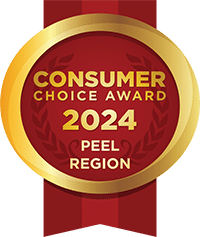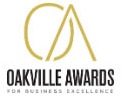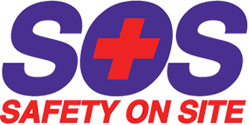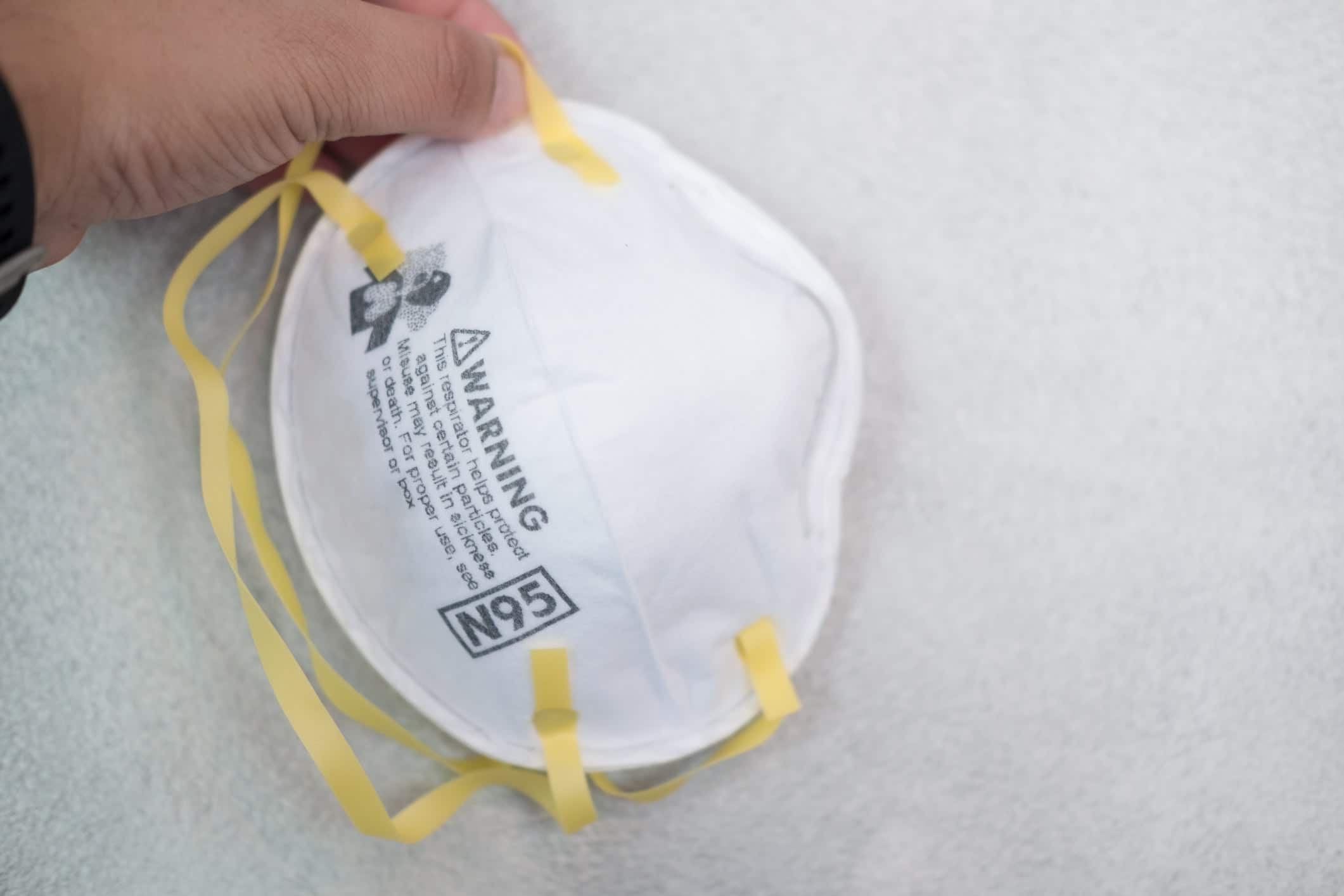
At this point during the COVID-19 pandemic, most of us wear a face mask of some sort. In many jurisdictions it is a requirement to wear a face mask when entering public indoor locations. For the average person, a reusable cloth mask or a disposable medical mask is usually adequate to provide some form of protection against water droplets. However, there are certain professions, such doctors and nurses, Public Service Workers, dental hygienists, dentists, as well as, construction and plant workers, where there are bioaerosols or toxic air or dust in in the work environment.
These professions require a higher grade of mask, also known as a respirator. These masks are regulated, and an employee needs to be mask fit test with their mask for use at work. These respirators must be airtight, to safely minimize the unfiltered air that can get past and will usually negate particulates (gas, vapor or particulates).
Respirators must be able to filter out a certain amount of bioaerosols, chemicals, smoke or dust based on the rating that they are given. N95 respirators, for example, were originally used for industrial purposes, such as in carpentry, construction, mining, and painting. These types of N95 respirators would have had minimal protection against water droplet penetration.
Today, during the pandemic, dentists, hygienists, doctors, PSWs and many other frontline workers are using N95 respirators, especially if they work with aerosols. These professions that would have previously used medical masks, now require respirators that not only provide protection against water droplet penetration but must also be airtight. Employers must make sure that their employees have their respirators mask fit tested and that all variables align with the current Canadian CSA-Z94 standard (currently CAN/CSA Z94.4-18 in Ontario).
What does getting a Respirator Mask Fit Certification mean?
A respirator mask fit test is when a person gets certified for use of a specific mask make/manufacturer and model (i.e. Makrite Secura, 3M 8210,or a P-100 ½ face mask for example) has a good air seal to a person’s face. Every mask make and model is unique and face / head is unique. Some mask fits are a challenge to fit, given the variability of mask type and person.
This means that the mask fit certification is very specific to the mask make and model. It is similar to issuing a person a driver’s license, BUT the license is only valid for the person to drive one make and model vehicle (i.e. Toyota Camry). Once a mask fit is passed, this person can only use this mask make and model. If this person uses another mask, they must get a new mask fit on that mask.
Certifications are valid for 2 years from the issue date and they follow Occupational Health and Safety Standards and CSA Z-98.4-xx. CSA Z-94 standards slightly vary across the provinces. Mask fit testing is done in one of two ways: through a quantitative test (QNFT) (or a qualitative test (QLFT).
What respirator type should I use?
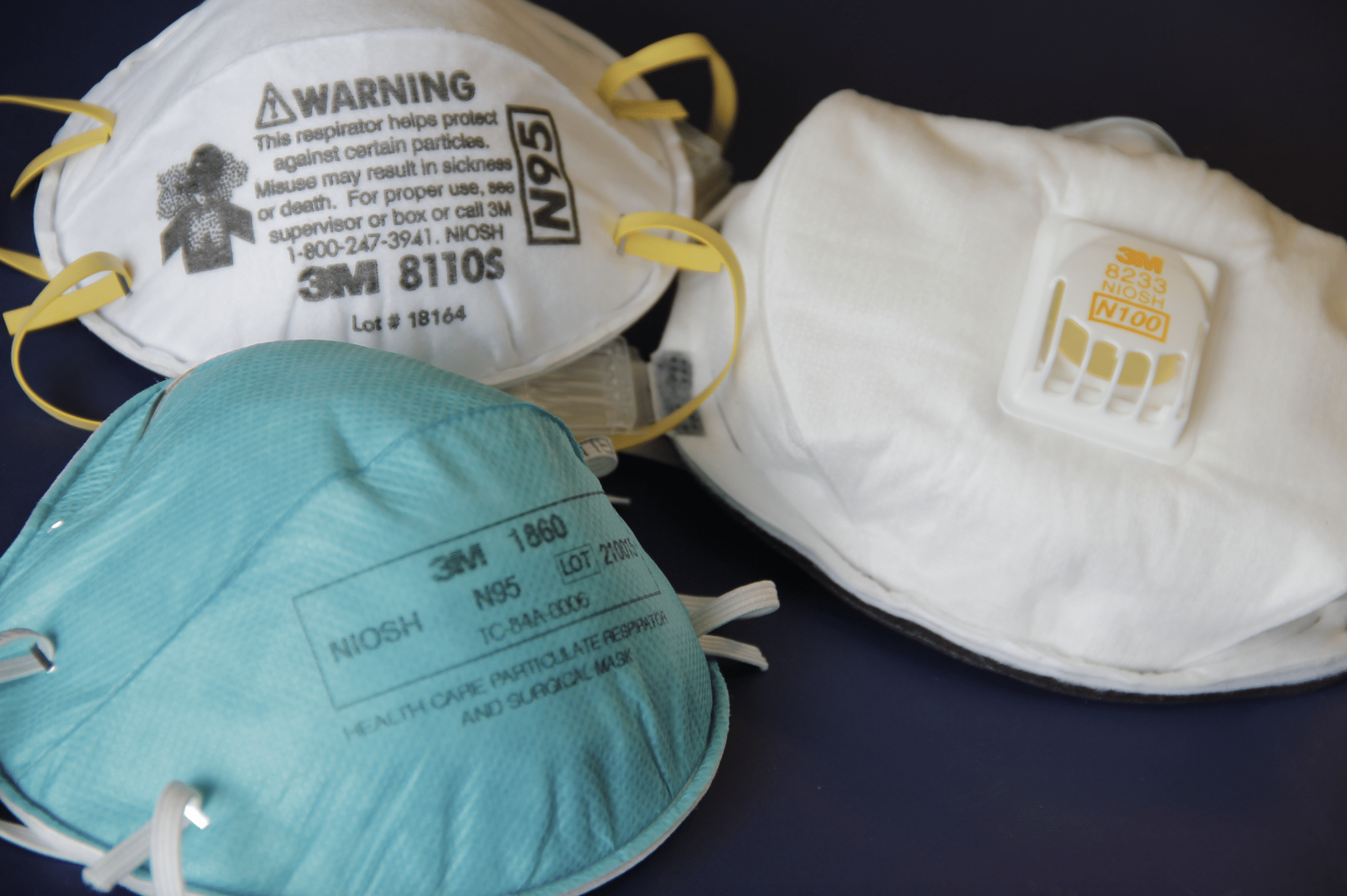
Many of you have likely already come across masks claiming that they are “N95 masks”, but what does this mean exactly? If a mask truly has an N95 rating, then it is a respirator according to the National Institute for Occupational Safety and Health (NIOSH). NIOSH is an American organization that is part of the Centers for Disease Control and Prevention. It carries out research and tests to protect workers, and it creates the standards that are applied to respirators. These standards are commonly used in the Canada, the USA and many other countries.
Respirator classifications according to NIOSH are determined by an alphanumeric system. NIOSH approved masks are listed on the Center of Disease Control and Prevention (CDC) website. The letters “N”, “R” and “P” are used to describe how resistant a respirator is to oil-based particulates. Oil-based particulates are tricky because they can easily penetrate respirators that are ill-equipped to block them. A respirator with an “N” classification is non-resistant, one with an “R” is resistant, and one with a “P” is oil-proof. Of the three classifications, N-rated respirators tend to last the longest, with R-rated ones having the shortest lifespan. The numbers in a respirator classification indicate the percentage of particulates that any given respirator can filter out.
Your typical N95 respirator will theoretically filter out 95% of particulates in the surrounding air. The numbers used are 95, 99 and 100 (technically 99.97). While there are nine combinations of letters and numbers possible in the NIOSH classification system, there is not a respirator that is strictly better in the general sense. Some respirators will provide better protection, but that comes at the cost of their service life. Furthermore, respirators that provide more protection tend to cost more and they can feel harder to breathe through.
Choosing a respirator to fit will come down largely to a combination of how long you want it to last and what you need to protect against. Remember that while some respirators will last longer than others, it is always a good idea to safely change out the filter under certain circumstances or after the recommended amount of time to avoid contamination.
Where can I get a mask fit test done?
Employers can conduct mask fit testing themselves if there is someone trained to do so. Otherwise they must find an alternative method. If you are looking for N95 mask fit testing for yourself or your employees, then this is a program that has you covered. It uses a qualitative mask fit test to easily and thoroughly determine whether something like a N95 respirator fits correctly. If an N95 mask is used at a place of work, it MUST follow OHSA regulations CAN/CSA Z94.4-18 standard and all wearers MUST be fit tested. The CAN/CSA Z94.4-18 standard includes such rules as not having facial hair that interferes with a respirator’s ability to fit properly, to participate in mask fit testing. As a wearer it is your responsibility to wear the respirator correctly so that you can be aware if it is not fitting properly at any point. Try not to brush off any doubt when it comes to your respirator’s fit, because depending on the dangers present, some workplaces can be life threatening.
What is the Difference between Qualitative and Quantitative Fit testing?
Mask fit testing is done in one of two ways: through a quantitative test (QNFT) or a qualitative test (QLFT). Both methods have their advantages and disadvantages, but they each achieve the same result. The aim is to make sure that a respirator is fitted perfectly to an individual’s face, so that air is safely filtered.
- Quantitative mask fit testing involves the use of a Portacount or Quantafit machine to get a measurement using a respirator’s fixed air supply. While this method provides an accurate, objective reading, the machines are expensive.
- Qualitative mask fit testing, which is used quite frequently, especially when fit testing N95 respirators, uses an individual’s taste sensitivity. Something like saccharin (Benzoic sulfimide), which is sweet, or Bitrex (Denatonium Benzoate), which is bitter, is used to determine whether there is any leakage in a fitted respirator. Bitrex may tend to give better visual responses due to its bitterness, and saccharin cannot be used if an individual is pregnant. Qualitative testing is a less expensive option, but it does present a certain amount of subjectivity and the possibility of a placebo effect. If the individual being tested is aware of what they are being tested with and is honest about what they smell or taste, then there should not be any issues.
Remember that employers are responsible for telling you what sort of respirator is required for your workplace, and to make sure that you are mask fit tested correctly. Mask fit tests must be done at least every two years for the simple reason that people’s faces change.
What is a KN95? Can I use it in Canada or the US?
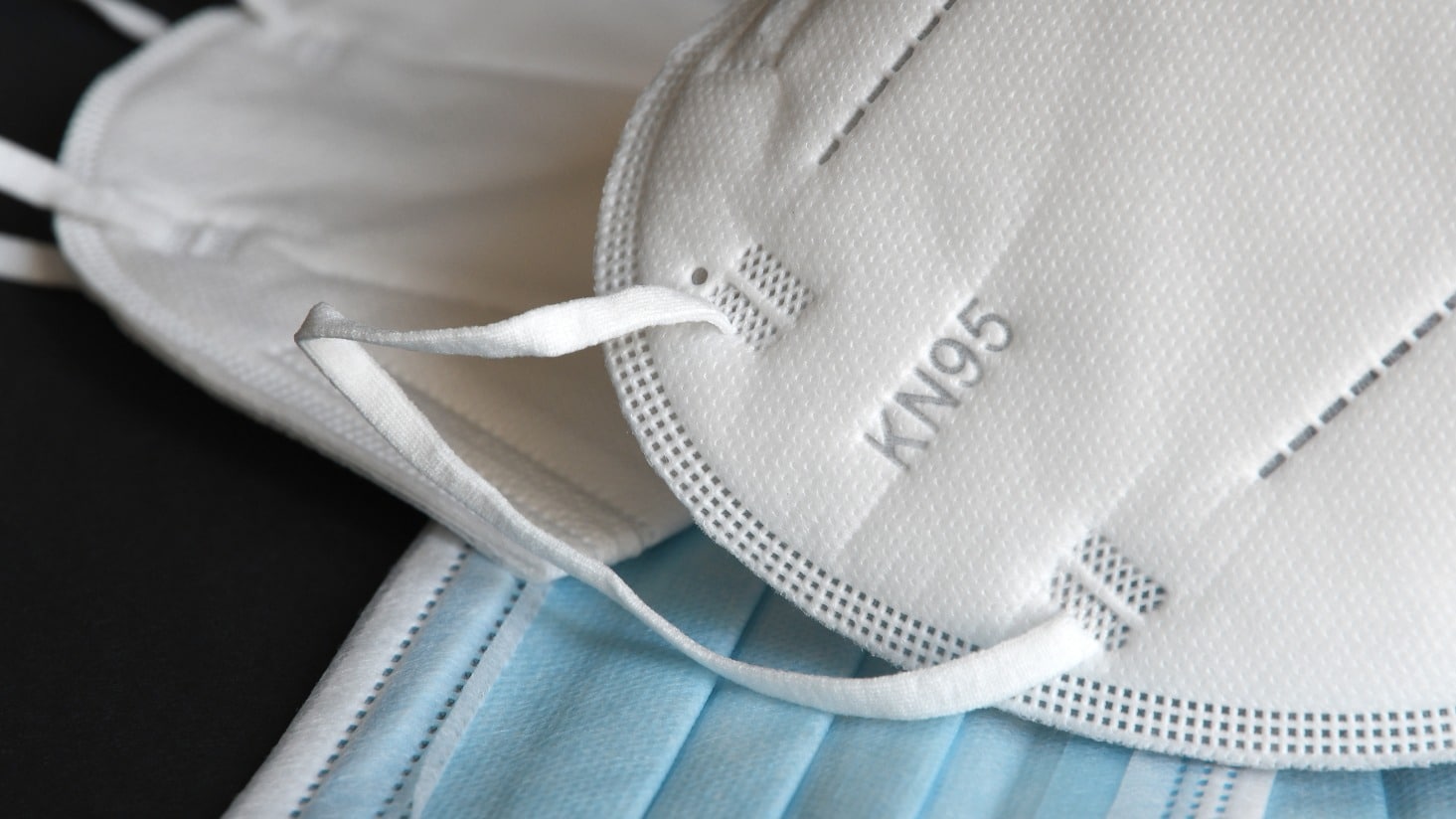
Although its respirator classifications are used in many countries, NIOSH is not the only organization that has them. A KN95 mask is one that has been regulated by the Chinese government. During the pandemic N95 respirator shortage in North America, KN95 masks have been temporarily approved by regulators for use in North America. Both classifications provide very similar protection, but basically, there are 3 differences:
- The Chinese government requires manufacturers to run mask fit tests on KN95 masks. There is no such requirement for N95 respirators.
- N95 respirators must conform to certain standards regarding pressure drop while inhaling, while KN95 masks do not.
- N95 respirators must conform to certain standards regarding pressure drop while exhaling, while KN95 masks do not.
Lately, the dependability of KN95 masks has come into question because of bad batches being shipped to North America, and the questionable quality that can sometimes be found. In China, there is no independent body that is equivalent to NIOSH, so there is no organization acting to check that the Chinese government is approving the appropriate masks. When deciding whether they are worth getting, do so with this in mind. Some other comparable mask classifications to N95 respirators are:
- FFP2 (Europe)
- P2 (Australia/New Zealand)
- Korea 1st class (Korea)
- DS2 (Japan)
What is the difference between a 3M medical (surgical) mask versus a 3M industrial (standard) respirator?
Firstly, be aware that 3M is one of several companies that are known for producing masks and respirators. Secondly, try not to think about the difference between medical masks and industrial respirators as a “one or the other” comparison. In the US for example, medical masks are regulated by the FDA while industrial respirators are regulated by NIOSH. Medical masks prioritize fluid resistance, while industrial respirators prioritize particulate filtration. Therefore, it is entirely possible for any appropriate company to have an N95 medical respirator that has been approved by both NIOSH and the FDA if it provides particulate filtration and fluid resistance. This can be said for any country that has equivalents to NIOSH and the FDA, like Canada (The CSA Group and Health Canada respectively).

